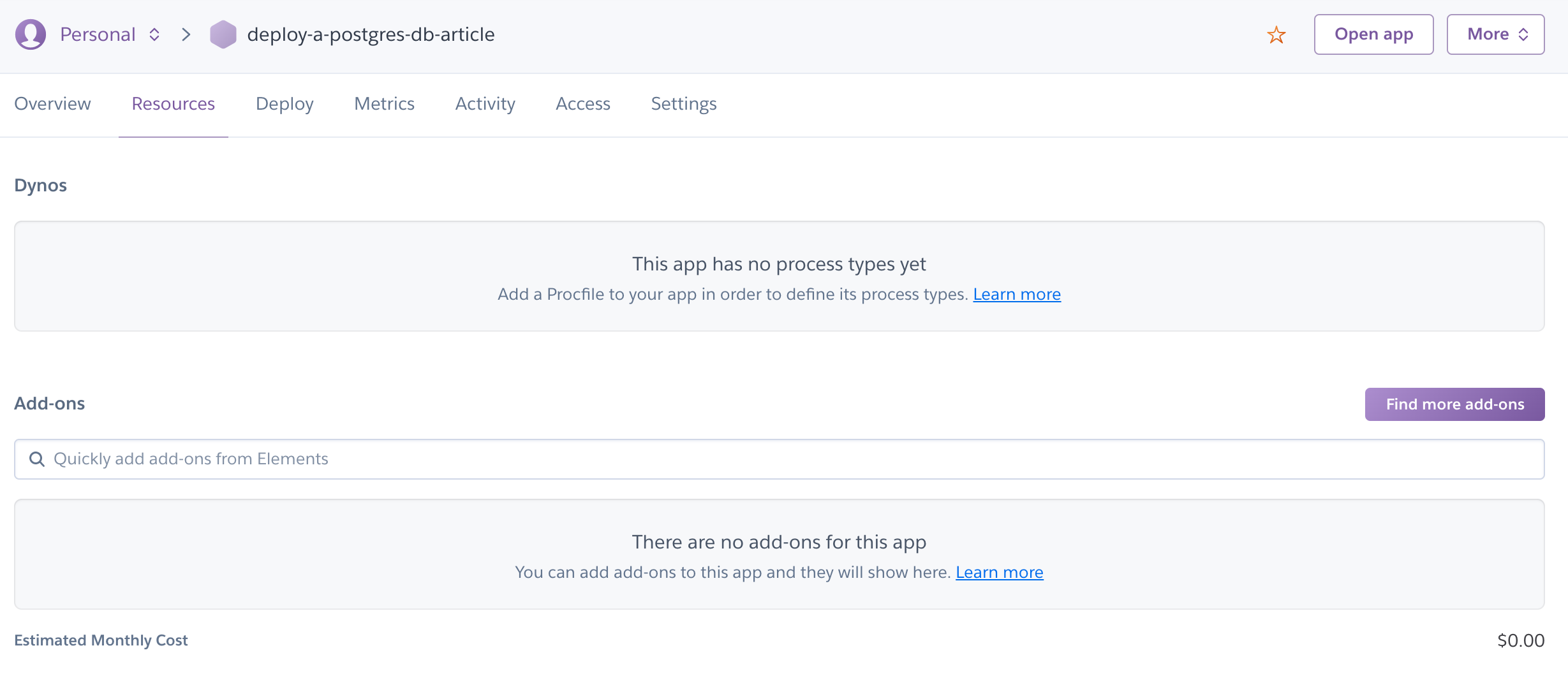

Returning to pgadmin, we can go to: “database_name” -> “Schemas” -> “public” -> “Tables”. Lastly, we can execute our query on the last line. Postgres also offers the following Library interfaces: OCI, libpq, JDBC, ODBC. Postgres Guide - A promising new PostgreSQL resource that reads well and introduces advanced topics in a way that’s easy to understand. PostgreSQL Docs - The canonical reference for everything you need to know about PostgreSQL.
Now that our table is created, we can create a query using the insert() sqlAlchemy method and give it the table and the values we want to add to that table. PostgreSQL 14 Installation Guide EDB PostgreSQL Language Pack Guide. We can connect to the Postgres console for our Postgres app with: fly pg connect -appFinally, on the “ metadata.create_all(engine)” line we create our new table in the database. For each column we can set the name, the type, and the constraints we want each column to have. On the line starting with “ first_table” we create our table by passing the table name, the metadata, and all the columns.

INSTALL POSTGRES APP PASSWORD
We’re ready to create our first table! create_first_table.py from sqlalchemy import * from config import host, port, database, user, password conn_str = f"postgresql://" engine = create_engine( conn_str) connection = nnect() metadata = MetaData() first_tb = Table('first_table', metadata, Column('id', Integer, primary_key=True), Column('name', String(255), nullable=False), Column('isHappy', Boolean, nullable=False) ) metadata.create_all( engine) query = insert( first_tb).values(id=1, name="Student", isHappy=True) ResultProxy = connection.execute( query) Once we’re connected to the database we grab the database’s metadata so we can modify the schema on the “ metadata = MetaData()” line. Then we create an engine that takes all of the config variables and uses them to connect to the database using “ nnect()”. First, we import all of the config variables and sqlalchemy. The below script create_table.py lives in the same folder as the config.py.
INSTALL POSTGRES APP INSTALL
When you install Postgres.app, several databases are created by default. Here are step-by-step instructions for installing PostgreSQL.app on your Mac. config.py host = port = 5432 database = dfg5a7fake6perlms user = fdpbgfakeggheshfbv password = a7cb88511fakea656dd5bb175220caa9646defd4f79e62085486b Install Postgres.app on a Mac Install Postgres.app.
INSTALL POSTGRES APP CODE
gitignore and share our code on GitHub without fear of anyone accessing our database. Our database creds should be stored in a separate file so we can add this file to our. We’ll start by creating a config.py file to store our database credentials. In this last step we’re going to write python code that will create a table and add data to it in your database. This will start the server and if its the first time youve run the app, it will automatically create a PostgreSQL user and database. 4: Writing & Reading Data From Your Database


 0 kommentar(er)
0 kommentar(er)
